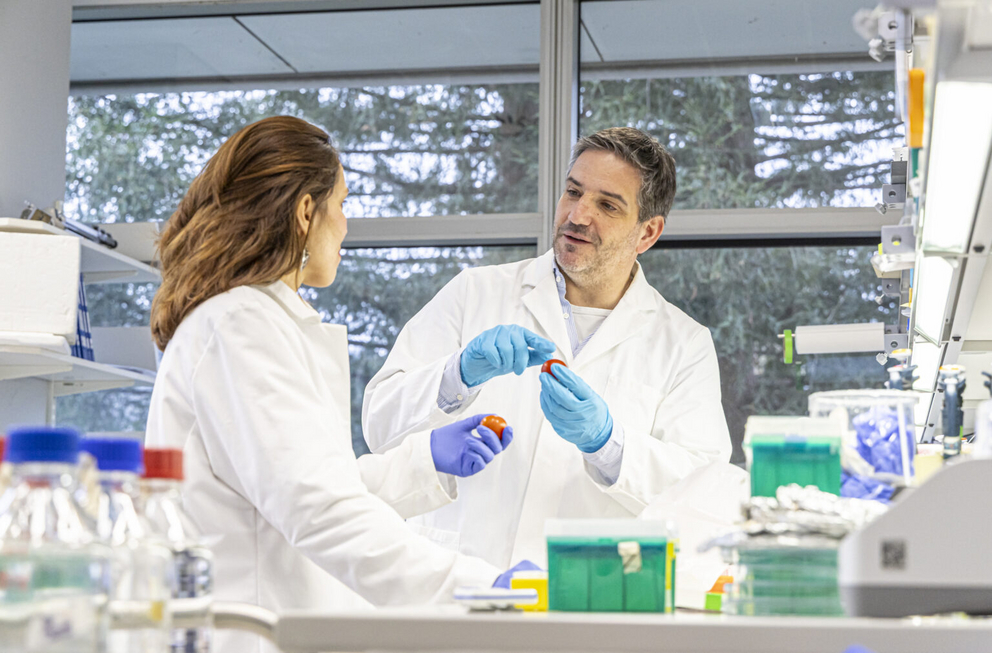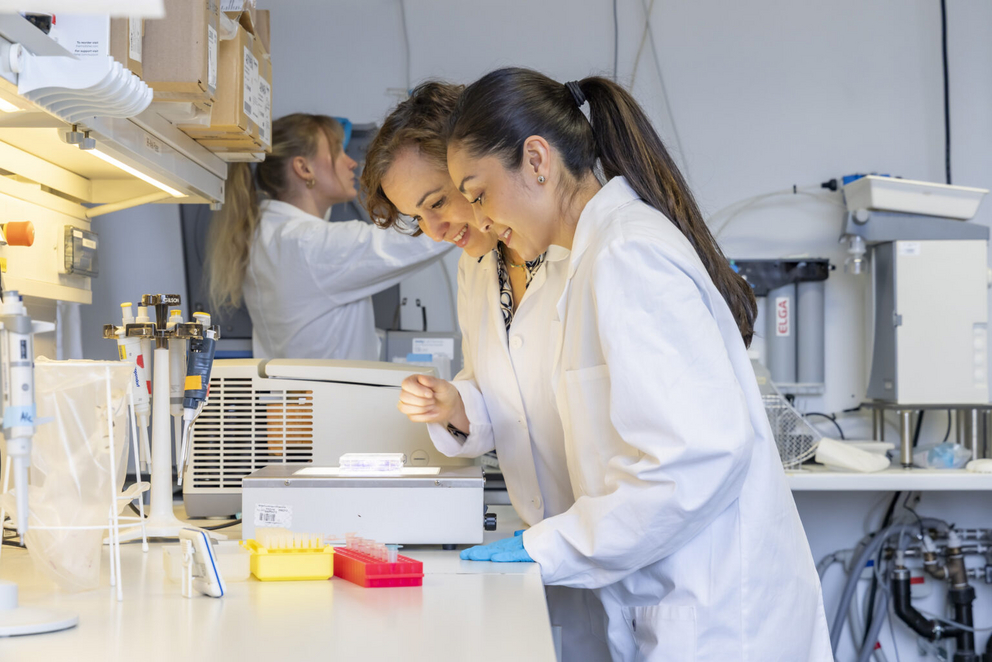What do pathogens, plants, and immune cells have in common?
The pathogen Pseudomonas aeruginosa can cause severe infections in humans. The cell biologist Prof. Dr. Winfried Römer is studying exactly how this bacterium invades host cells. He succeeded in demonstrating that Pseudomonas aeruginosa creates invaginations in the plasma membrane with the help of particular lectins to infect a cell. This finding inspired the work of the plant researcher Prof. Dr. Thomas Ott and Dr. Casandra Hernández-Reyes, postdoctoral researcher at CIBSS, who study symbiotic infections of plants by bacteria. In collaboration with Römer’s research group, Ott and his team began investigating similar mechanisms in the so-called root nodule symbiosis of certain plants with useful microorganisms such as rhizobia.
Parallel to this project, Römer’s work was integrated into a further research project at CIBSS: Under joint management and in collaboration with CLP Fund Recipient Dr. Ana Valeria Melendez, and Dr. Rubí Misol-Há Velasco Cárdenas, Römer and the immunologist Prof. Dr. Susana Minguet investigated how lectins can be used specifically to identify tumour cells. The two teams worked closely together to develop so-called lectin-based chimeric antigen receptors (CAR) on immune cells, which are capable of recognizing and destroying particular tumour cells on the basis of their binding mechanism. These projects illustrate how common molecular principles can be applied in completely different biological and medical contexts.
Proteins with diverse functions: Lectins in bacterial infections
Römer and his team have been working for many years to understand the mechanisms with which pathogens manipulate the cell membranes of their host cells to cause infections. ‘One thing we’re concentrating on is the question of how lectins influence cellular processes in bacterial infections’, says Römer. In their first studies, the researchers are focusing especially on the lectin LecA of the pathogenic bacterium Pseudomonas aeruginosa.
The researchers demonstrated that bacterial lectins not only serve as a kind of glue bacteria use to attach themselves to host cells but that LecA also functions as an invasion factor by binding specifically to the glycolipid Gb3 on the cell membrane, which leads the lipids to reorganize and congregate in the membrane – a mechanism the scientists describe as a ‘lipid zipper’. This leads to the activation of cellular signalling pathways that make it easier for the bacterium to get into the host cell. The researchers already published pioneering initial findings on this process in 2014 – providing an important basis for many more studies conducted in the context of the Cluster of Excellence CIBSS.
Understanding signalling pathways: New approaches against infections and cancer
The glycolipid Gb3 already played an integral role in the first studies conducted by Römer’s team. ‘Gb3 is not just a binding point for bacterial lectins but was already known to be a tumour marker that is found in high concentrations on the surface of many cancer cells’, says Römer.










